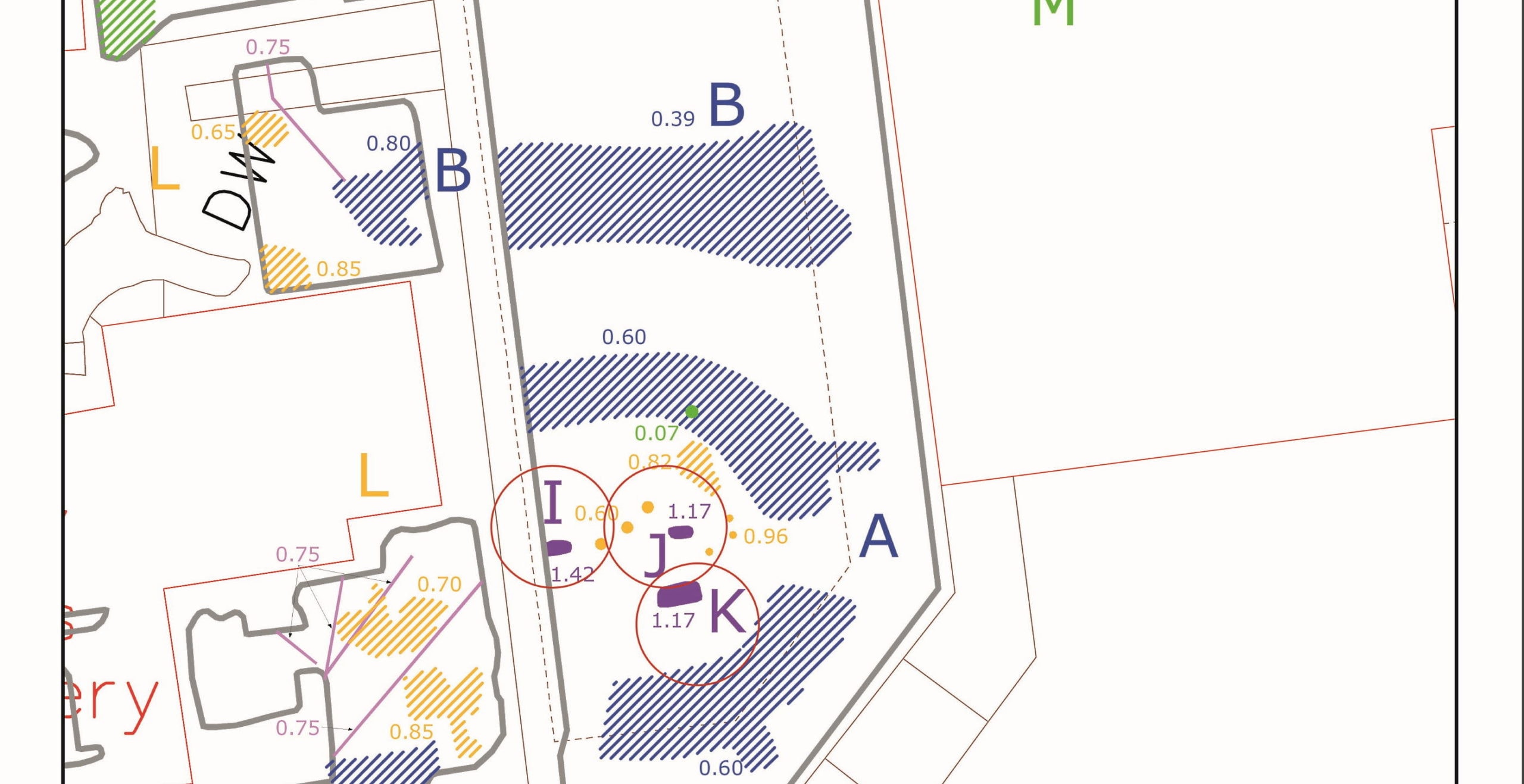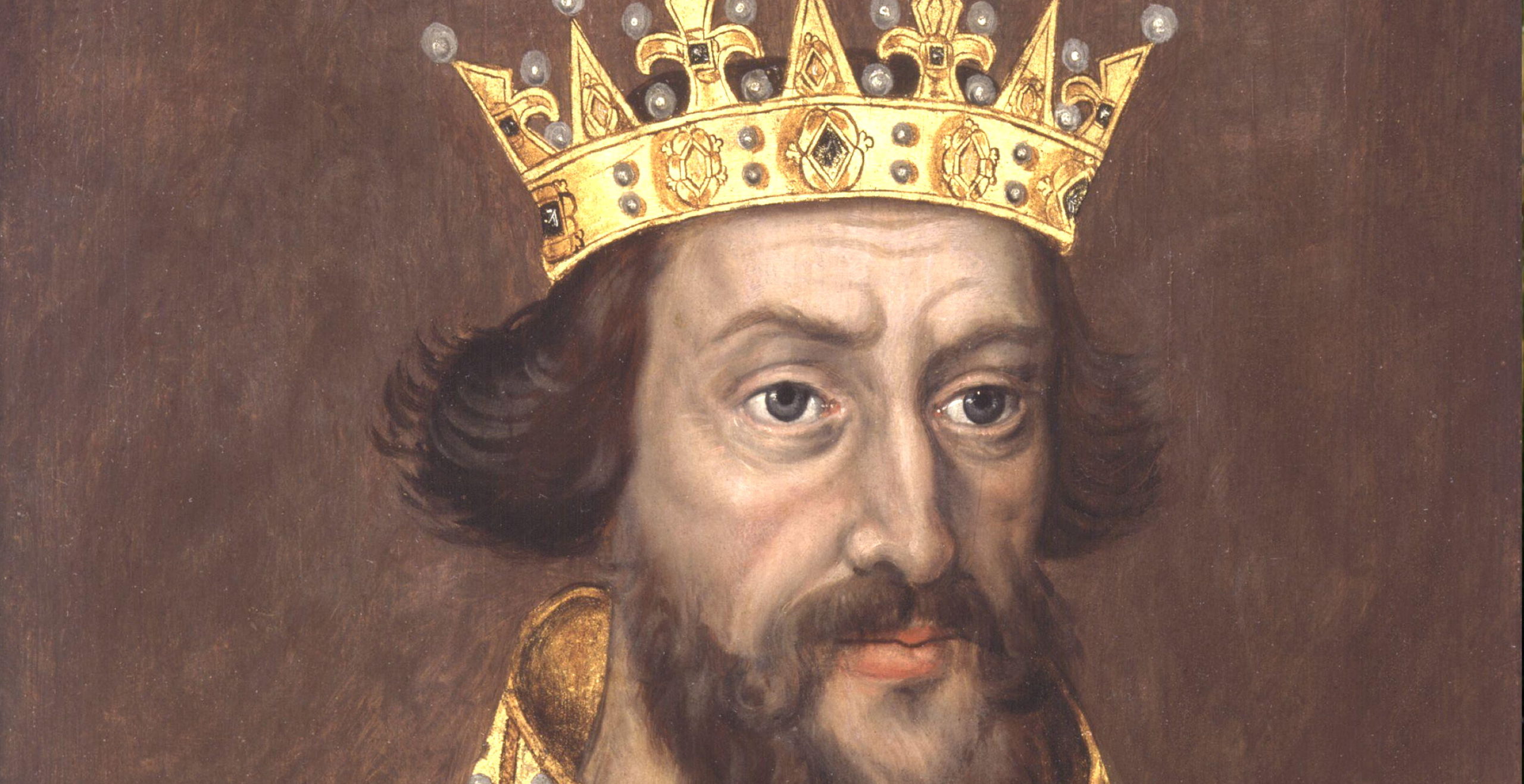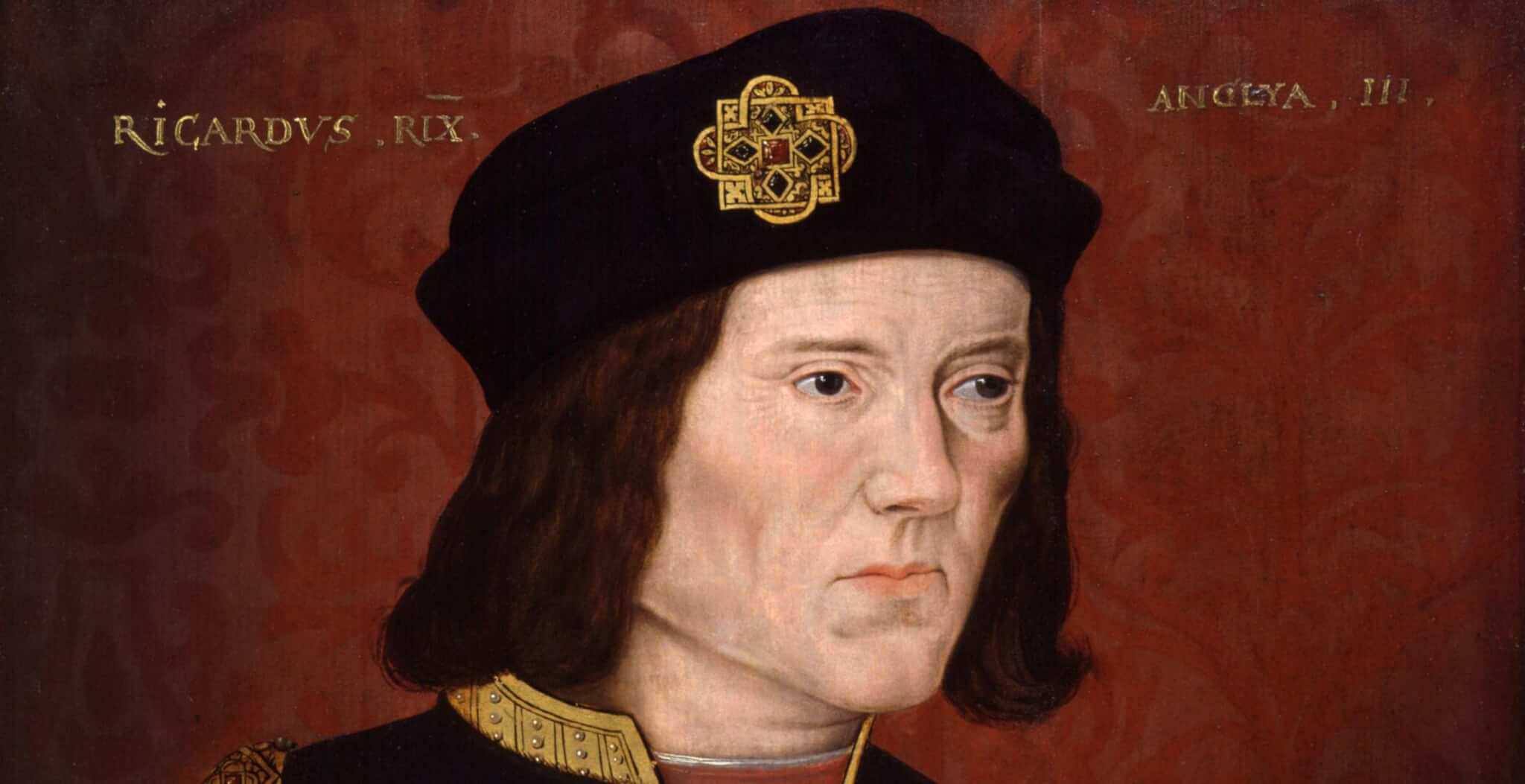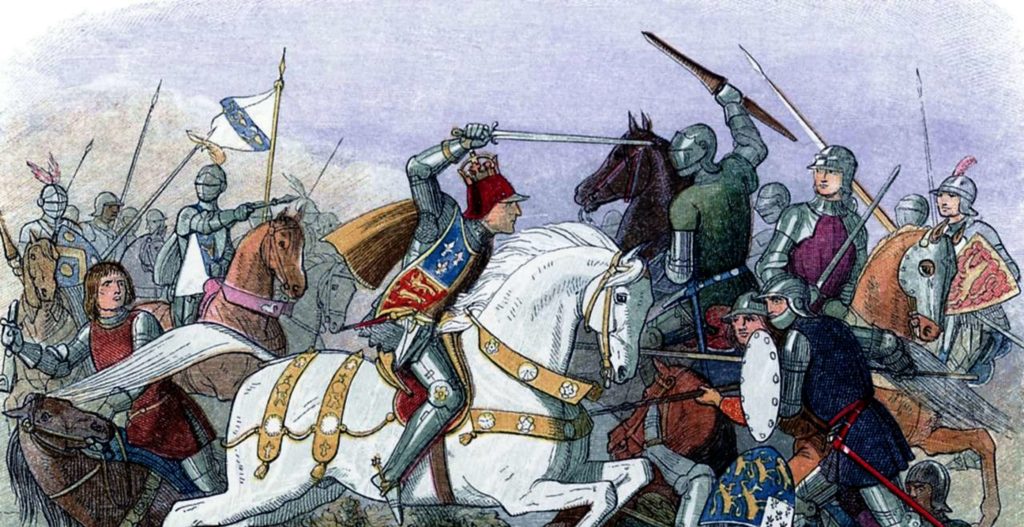King Richard III is almost more famous as the ‘king under the car park’ than he is as the traditional Shakespearean villain who lost his crown and his life at the Battle of Bosworth Field: “A horse! A horse! My kingdom for a horse!”
Writer/producer Philippa Langley was instrumental in finding the remains of Richard under the car park in Leicester and now it appears she may be on the track of another ‘lost’ king, Henry I, who may also be lying under yet another car park, this time in Reading.
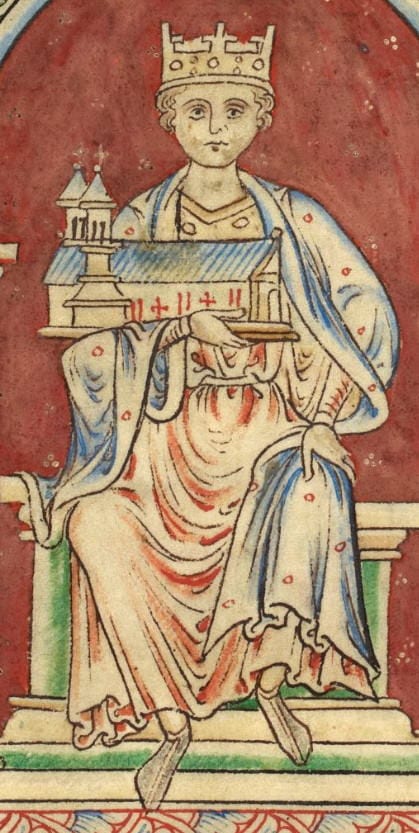
King Henry I was the youngest son of William the Conqueror. He succeeded to the throne after the sudden death of his brother King William II, William Rufus, in an unfortunate hunting accident.
Founded by Henry in 1121 and later consecrated by Thomas Becket, the magnificent abbey at Reading was built as a palace and royal mausoleum. After his death, reputedly from a ‘surfeit of lampreys’ and at his request, Henry was laid to rest near the altar of the abbey. However during the Dissolution of the Monasteries under Henry VIII and Edward VI, Reading Abbey was destroyed and later Reading Gaol was constructed at the east end of the site. The exact location of Henry’s tomb was lost.
Today Reading Gaol and car park, as well as a nursery school, are situated in the abbey church grounds. In October 2019 Reading Gaol was put up for sale, meaning that if sold, any archaeological investigations on the heritage site would require the landowner’s permission.
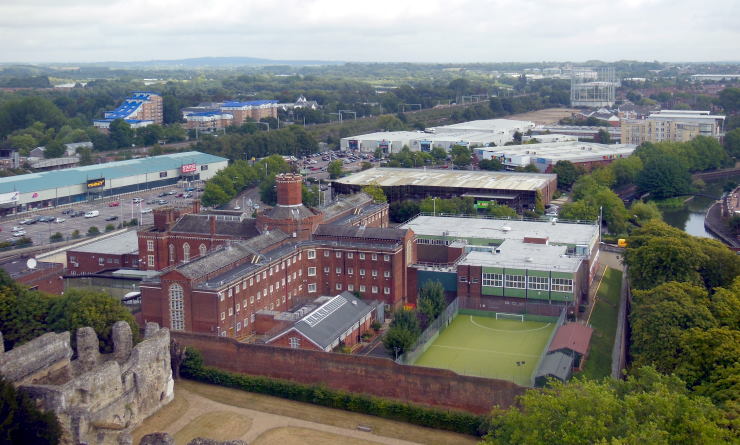
Asked by the people of Reading to help tell their historical royal story and intrigued by the mystery of the lost grave of Henry I, Philippa visited the city in 2013 and in 2014 originated the Hidden Abbey Project to investigate. Local historians John and Lyndsay Mullaney soon joined Philippa as co-founders of the project. In 2016 a Ground Penetrating Radar (GPR) survey was commissioned by the Hidden Abbey Project and carried out in the car park of the gaol which Philippa believes is the most likely location of the burial place of King Henry I.
The findings of the 2016 GPR survey undertaken on behalf of the Hidden Abbey Project and Philippa’s ‘K’ for ‘King’ research were released on 18th September 2020.
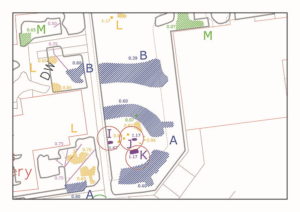 GPR report showing locations of what may be two sarcophagus tombs (‘J’ and ‘K’). By kind permission of Philippa Langley and the Hidden Abbey Project.
GPR report showing locations of what may be two sarcophagus tombs (‘J’ and ‘K’). By kind permission of Philippa Langley and the Hidden Abbey Project.
Historic records show that Henry was buried in front of the original high altar at Reading Abbey, beside Constance of York. In order to locate the east end of the abbey and high altar, Philippa has made a comparison of Norman churches including Tewkesbury Abbey, built around the same time as the original abbey priory. Tewkesbury’s floor plan and the GPR survey were compared. From this it seems that the survey does indeed show the inner construction of the east end of the abbey church. Furthermore the GPR survey shows what appear to be two sarcophagus burials (stone coffins) before the original high altar.
Whilst only people of high status would be buried at the east end of the abbey, this doesn’t mean these are definitely the graves of Henry and Constance. However it does suggest that King Henry may well be another ‘king in a car park’.
Earl Spencer, brother of Diana, Princess of Wales and a distant relative of Henry, has suggested crowdfunding in order to finance further archaeological investigations. Researching his new book on the White Ship disaster, in which Henry’s only legitimate son was drowned and after which event Henry had the abbey built, the Earl has come to the conclusion that the grave may instead be under the nursery school. This is the location traditionally favoured by historians on the king and his famous abbey.
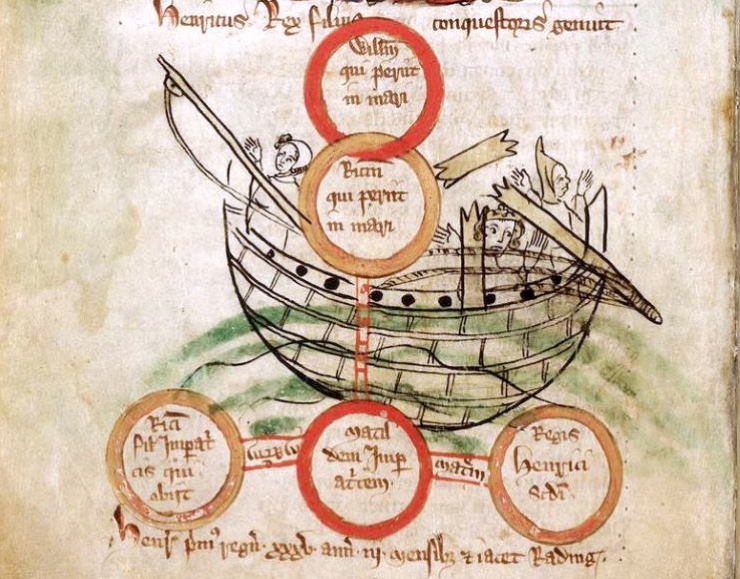
As landowner of the nursery school site, the Diocese of Portsmouth has confirmed that they would be open to proposals for archaeological excavations on their land. Historic England who look after the abbey site have also confirmed that they are happy to enter into discussions on archaeological excavations. The permission of the landowner and council would also be needed for a full archaeological excavation of the former Gaol car park. With Reading Borough Council Lead Partner in the Hidden Abbey Project any development of the Gaol site would require local planning permission. Following recommendations by the 2019 MOLA archaeological report on the car park site this would require full archaeological investigation. Costs for the car park archaeology are projected at c.£55k. The cost of the archaeology that found the king in the car park in Leicester was £35k.
All are therefore hopeful that excavations may be able to take place before the 900th anniversary of the foundation of Reading Abbey in 1123. Local MP, Matt Rodda, is also championing the project.
Should the king’s remains be found, the Diocese of Portsmouth has suggested a memorial garden to mark the king’s burial in the car park. If the king’s grave is found to be desecrated then nearby St James Church is the proposed location for the king’s reburial.
The catalyst for Philippa Langley’s search for Richard III in Leicester was the famous ‘R’ in the car park where the king was eventually discovered. Could this historical sleuth and Kingfinder General be correct again with her ‘K’ for ‘King’ in Reading?
For more information on the Hidden Abbey Project, please visit https://www.philippalangley.co.uk/hidden-abbey-project.html
